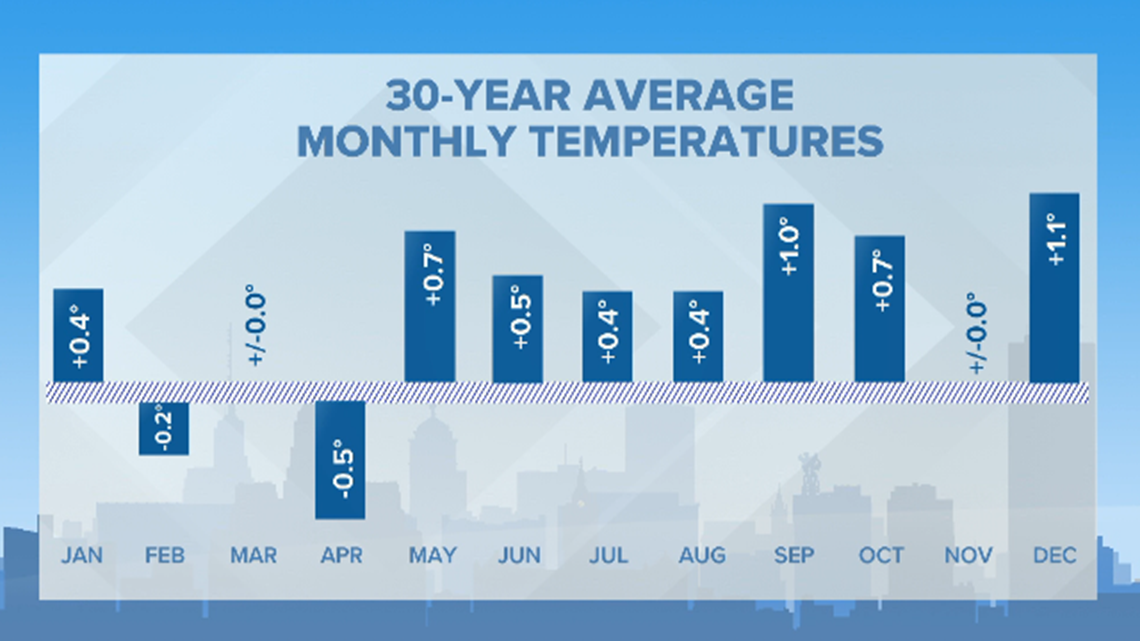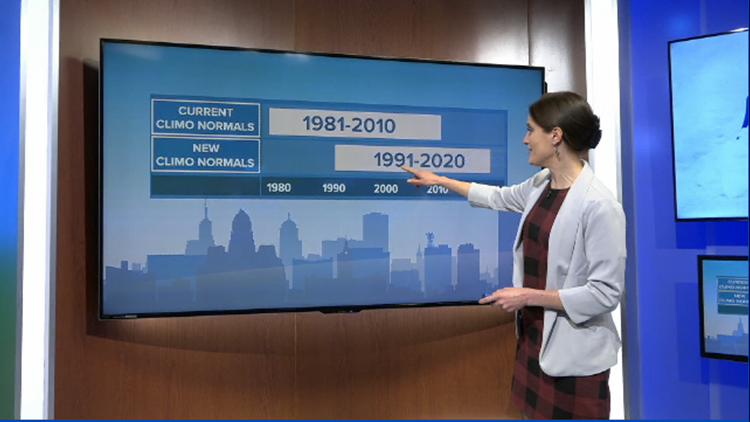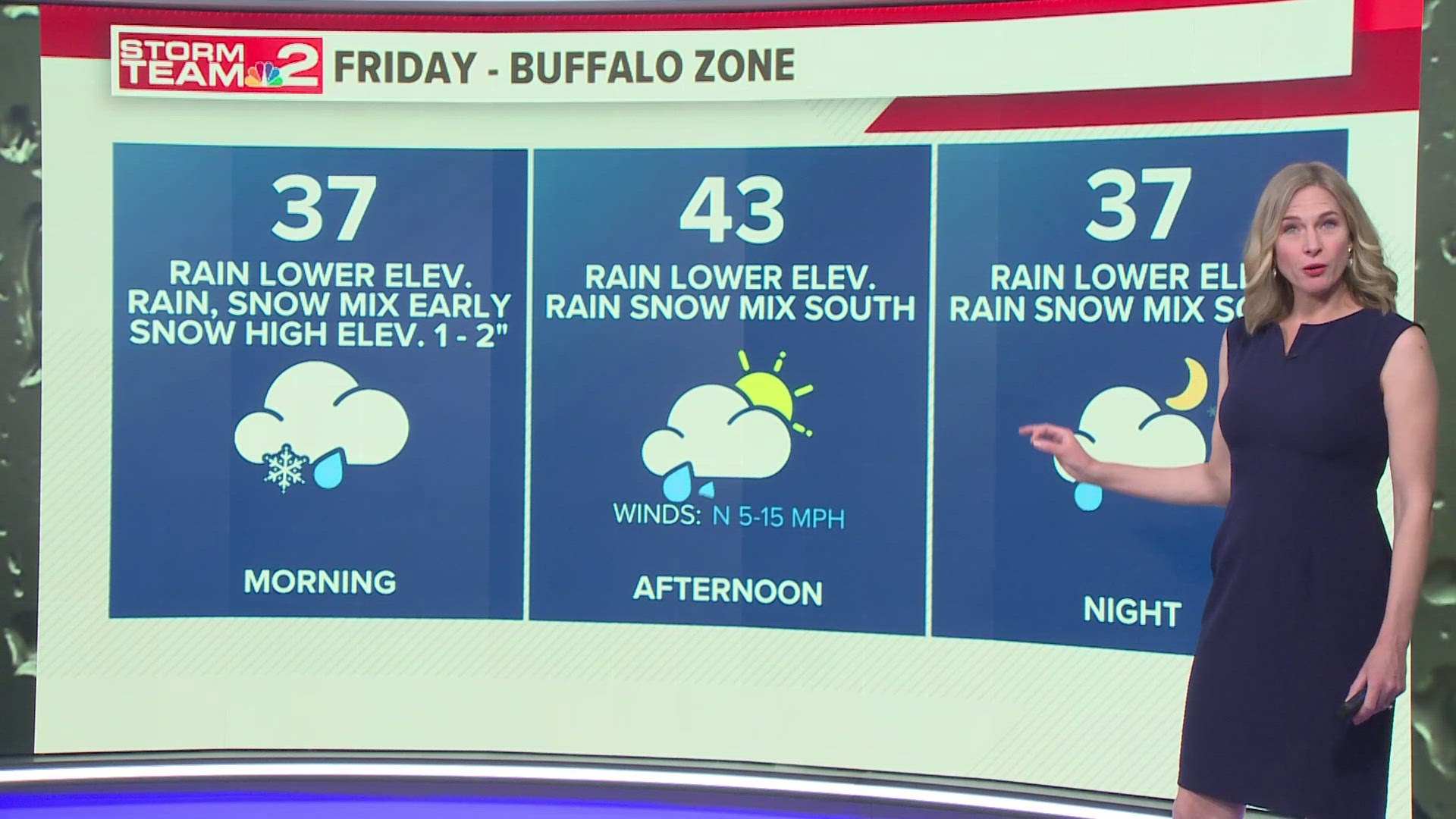BUFFALO, N.Y. — It’s pretty common for meteorologists to refer to what’s “normal” for a particular area on a particular day when talking about current conditions or what’s to come.
“Temperatures this week will be much higher than normal.”
“This season’s snowfall was pretty close to the normal amount.”
But how do forecasters arrive at a standard for what “normal” is? In the early 1900s, an international panel now known as the World Meteorological Organization settled on using a 30-year average based on statistical science and practicality.
When it comes to statistics, more data points give better representation. But you can’t just pull 100 years worth of temperature data and take an average either. That’s just too clunky of a data set to use, and it can’t be adjusted frequently enough to evolve with Earth’s changing climate.
Up until this year, the 30-year average data set that was in use ran from 1981 through 2010. Now that 2020 is completely behind us, that 30-year normal base set will be drawn from weather observations taken from 1991 to 2020.
That 10-year shift in 30-year averages will slightly alter the Buffalo area’s perspective of “normal”. For example, the average annual temperature will rise from 48.5 degrees Fahrenheit to 48.9 degrees Fahrenheit. All but four months in the calendar year will have rising monthly average temperatures as well. The only cooling months are February and April. Meanwhile September and December will see 30-year average monthly temperatures rise by a degree or more.
RELATED: Buffalo’s fastest-warming season
RELATED: How climate change could impact WNY
There is plenty of evidence to show that winter is Buffalo’s fastest-warming season. Lake Erie is spending less time frozen each winter compared to past decades, record low temperatures are being set far less frequently than record high temperature records, and of course, there’s the monthly averages themselves.


But interestingly, despite steadily rising winter temperatures, average snowfall is also rising slightly. Further proof that a “milder” winter in Western New York does not spell doom for snow lovers. But it may be harder for fallen snow to stick around long enough to enjoy.
New episodes of Heather’s Weather Whys are posted to the WGRZ YouTube channel every Wednesday evening. If you have a weather question for Heather to answer, send it to her at heather.waldman@wgrz.com or connect with her on Facebook or Twitter.



